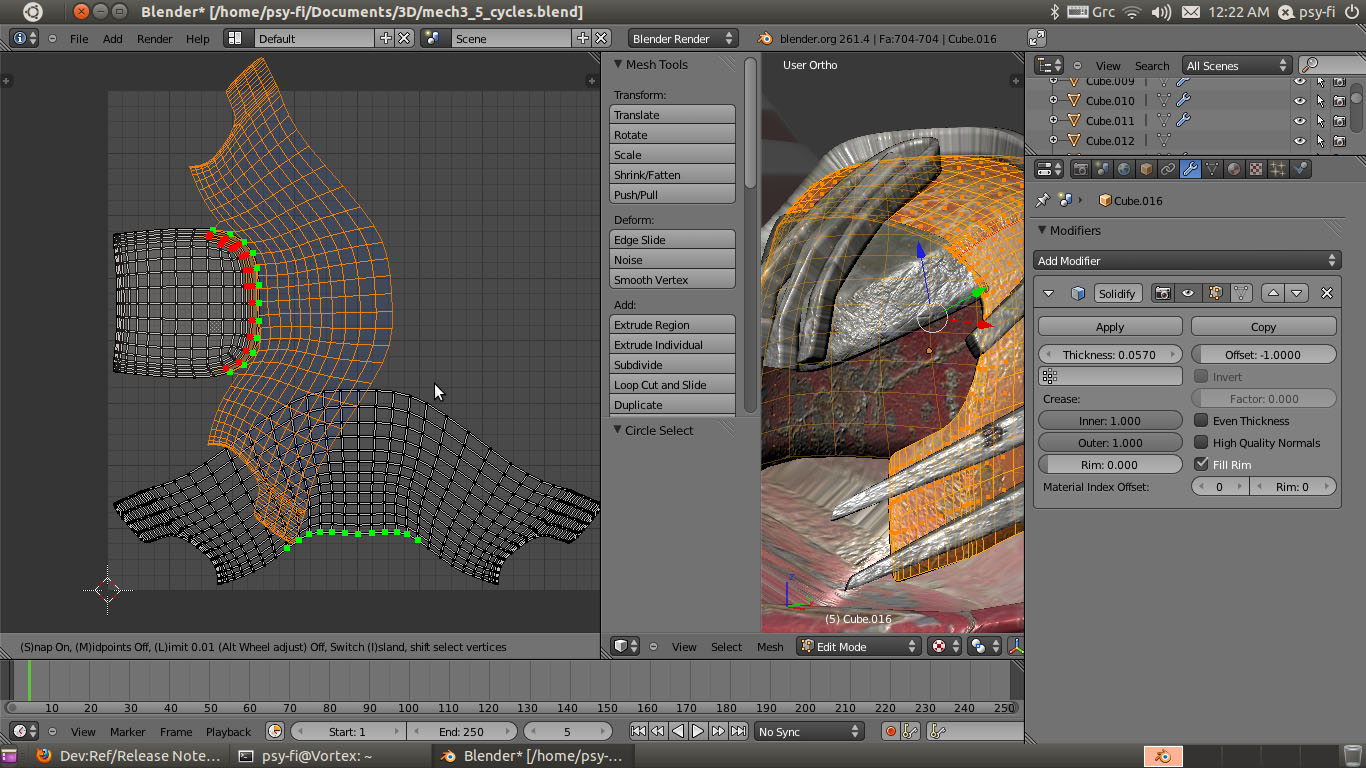

It’s the same cube from Part 1, but with the single cube texture replaced by different materials for each face of the cube. /Blender/: This folder contains your Blender scene ( cube.blend).Just as in Part 1, the contents are grouped as such: Below is a quick overview of each component - you’ll find more information in their dedicated tutorial sections later on. Without further ado, it’s time to implement some materials! Getting Startedįirst, download the starter pack for this second part of the series. Part 3: In the final part, you’ll implement a simple lighting model for your 3D scene by writing your own OpenGL ES shaders!.colors, textures, and lighting properties that you can assign to a portion of a model) to your cube. Part 2: You are here! Get ready to learn about the MTL material definition and file format, which you’ll use to add Blender materials (i.e.You also created a simple iOS OpenGL ES app that displayed your model. Part 1: In the first part, you learned all about the OBJ geometry definition and file format, and used this new knowledge to create a command line tool to parse a simple Blender cube into suitable arrays for OpenGL ES.

Welcome back to the three-part tutorial series that teaches you how to make an awesome 3D model viewer for iOS by exporting your Blender models to OpenGL ES!


 0 kommentar(er)
0 kommentar(er)
